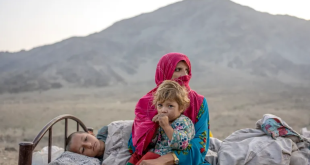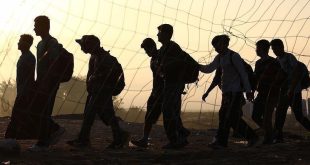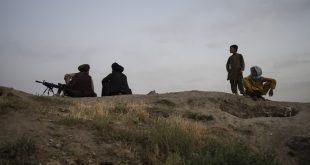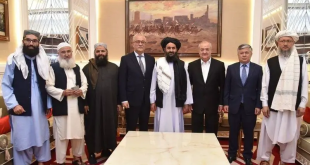AT Monitoring Desk
KABUL: When filmmaker Jonas Poher Rasmussen was 15 years old, an Afghan teenager arrived in his rural Danish village. Word got out the youngster had fled after his entire family was killed and had made the long journey to the Scandinavian country on foot.
Over time, the two became close friends but it took nearly 20 years until the Afghan refugee, now a successful academic, felt ready to tell Rasmussen what really happened.
That story is told in “Flee”, an animated feature film in which Rasmussen’s friend opens up under the pseudonym Amin Nawabi, reliving past trauma and recounting his escape from Afghanistan and the journey of self-discovery that followed.
“From the very beginning, I was curious about why did he come and and how, but he didn’t want to talk about it. And I, of course, respected that. But our friendship grew and this thing, this story was this kind of black box in our friendship,” Rasmussen, now 40, told Reuters.
Opening up about his past and sharing his secret has brought Amin peace, said Rasmussen. “He’s kind of double-marginalised, being both gay and a refugee. So just the fact that people are relating to his story really means the world to him.”
“Flee” opened to great acclaim at Sundance a year ago, winning the festival’s Grand Jury Prize, and has since picked up several awards.
It received two BAFTA nominations last week and has been shortlisted in the Documentary Feature and International Feature Film categories at the 2022 Oscars, and is also eligible for an Animated Feature nod. Nominations will be announced on Tuesday.
For the film, Rasmussen applied the techniques of radio interviews, asking Amin to lay down, close his eyes and describe his memories in detail during some 10 sessions they held over the span of nearly four years. Amin’s words are accompanied with animation and real archive video.
It was a long process until Amin felt ready to share the secrets that were haunting him and affecting his relationship with his soon-to-be husband, said Rasmussen.
“The animation was really to make sure that we could bring the past back alive,” said Rasmussen. “And then putting in the archival footage was really about reminding people that this is a true story and underneath everything is real life.”
Initially setting out to tell a story about friendship and secrets, Rasmussen’s perspective changed when the 2015 migrant crisis erupted in Europe.
“I felt the need to give the refugees we saw on the highways in Denmark and the rest of Europe a human face…and show that being a refugee is not an identity. It’s a life circumstance.”
 Afghanistan Times
Afghanistan Times



